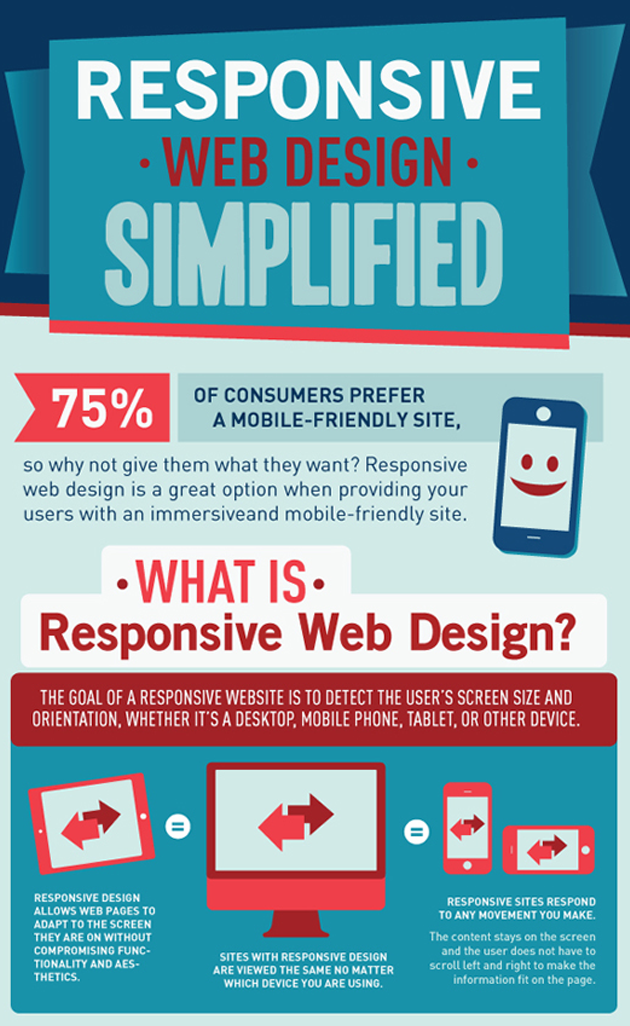The Change Of Online Platforms: A Trip Through Time
The Change Of Online Platforms: A Trip Through Time
Blog Article
Material Writer-Jonasson Wren
In the past, internet sites were simple and focused on details. Navigation was straight, and design was for desktops. Now, individual experience is crucial. Data overviews styles for very easy navigation. Responsive layouts match different gadgets. Today, dark setting minimizes stress, and minimalist menus improve navigation. Interactive functions engage customers, and strong visuals stand apart. AI integration increases involvement. See exactly how layout has actually advanced to improve your online trip.
Early Days of Web Design
In the very early days of website design, simpleness preponderated. Sites were fundamental, with limited shades, typefaces, and layouts. The emphasis was on giving info instead of showy visuals. Individuals accessed the web with slow-moving dial-up links, so speed and functionality were vital.
Recommended Browsing were straightforward, generally located at the top or side of the page. Sites were designed for home computer, as mobile surfing had not been yet common. Material was king, and designers focused on simple readability over intricate design aspects.
HTML was the key coding language used, and developers needed to work within its restraints. Computer animations and interactive features were very little compared to today's requirements. Sites were static, with little vibrant material or tailored customer experiences.
Rise of User-Focused Design
With the development of site layout, a change towards user-focused style principles has ended up being significantly noticeable. Today, creating internet sites that prioritize customer experience is crucial for engaging site visitors and accomplishing service goals. User-focused style entails recognizing the demands, choices, and actions of your target audience to customize the web site's layout, web content, and features as necessary.
Developers now perform complete research study, such as user studies and usability testing, to collect understandings and comments directly from users. just click the following web page -driven technique helps in producing instinctive navigation, clear calls-to-action, and visually enticing interfaces that reverberate with site visitors. By placing the user at the facility of the style procedure, sites can supply a much more tailored and satisfying experience.
Responsive layout has also emerged as a crucial facet of user-focused design, making sure that web sites are enhanced for various gadgets and screen sizes. small business search engine optimization improves ease of access and functionality, catering to the varied methods users interact with internet sites today. In essence, the rise of user-focused layout indicates a change towards producing digital experiences that focus on the requirements and assumptions of the end user.
Modern Trends in Website Design
Check out the current fads shaping web design today. One noticeable pattern is dark mode layout, offering a sleek and contemporary look while reducing eye stress in low-light settings. One more key trend is minimal navigating, streamlining menus and boosting user experience by concentrating on essential elements. Including micro-interactions, such as computer animated buttons or scrolling results, can develop a more engaging and interactive website. Receptive layout remains vital, making sure seamless customer experiences throughout various devices. Additionally, using strong typography and asymmetrical layouts can include visual rate of interest and draw attention to particular content.
Incorporating https://internetmarketingwiki75319.izrablog.com/30403746/boost-your-ppc-projects-by-making-use-of-effective-keyword-study-strategies-that-will-certainly-change-your-advertising-and-marketing-efficiency-discover-more-today , like chatbots for customer support or tailored referrals, boosts user involvement and enhances procedures. Access has additionally end up being a substantial pattern, with designers focusing on comprehensive layout practices to satisfy diverse individual demands. Accepting sustainability by optimizing web site efficiency for rate and performance is one more emerging fad in website design. Teaming up with individual feedback and data analytics to repeat and improve design continually is necessary for staying pertinent in the ever-evolving digital landscape. By welcoming these contemporary fads, you can produce an aesthetically enticing, straightforward website that resonates with your target market.
Conclusion
As you assess the development of website layout from the very early days to currently, you can see exactly how user-focused design has actually ended up being the driving pressure behind modern trends.
Embrace the journey of change and adjustment in website design, always keeping the individual experience at the forefront.
Keep present with the current trends and innovations, and never ever quit developing your strategy to create visually stunning and straightforward internet sites.
Advance, adapt, and create - the future of web design is in your hands.
